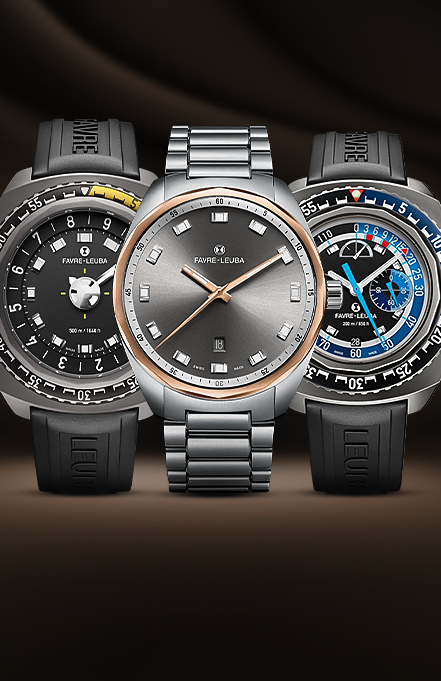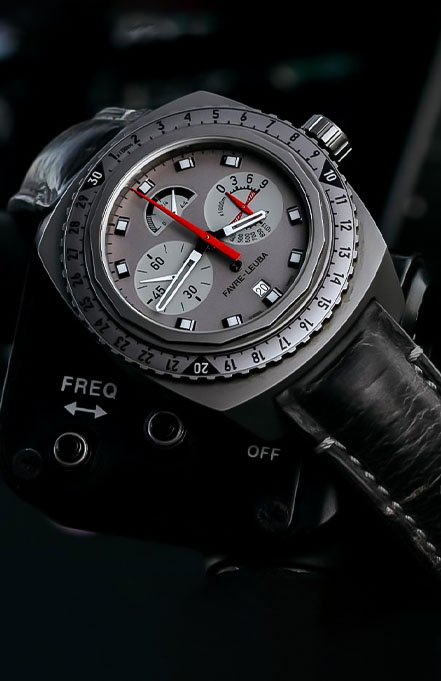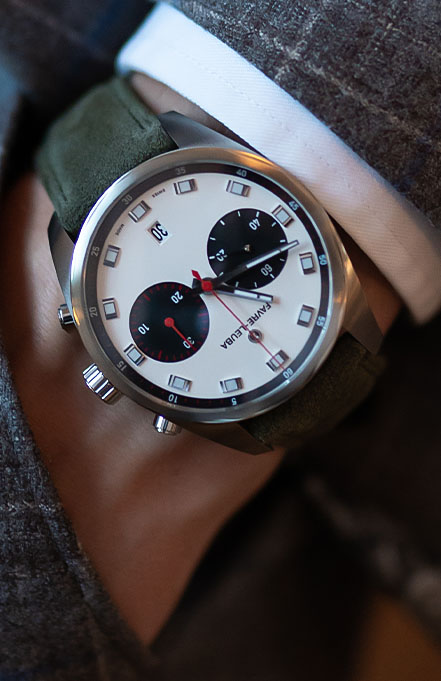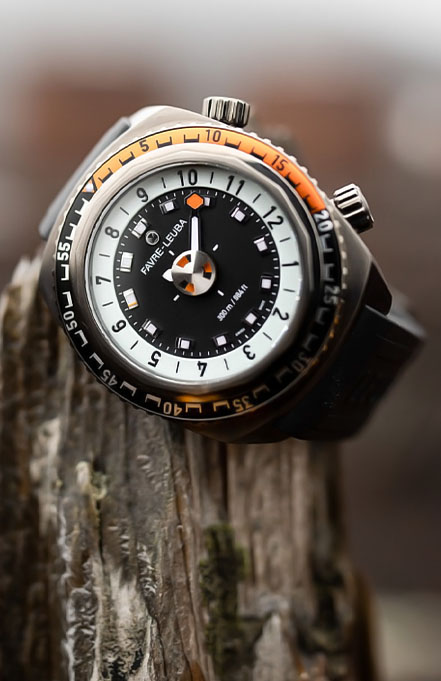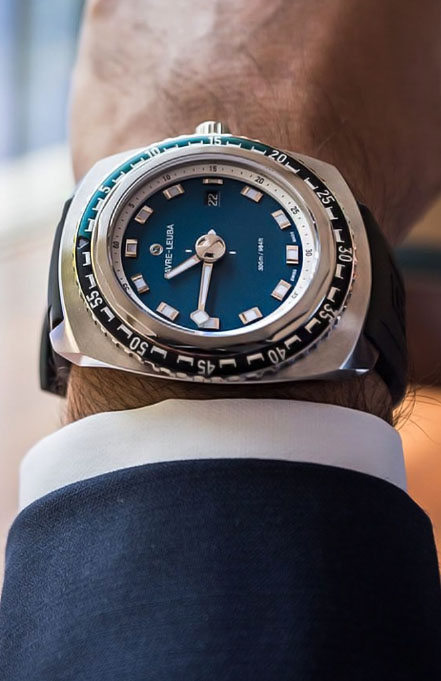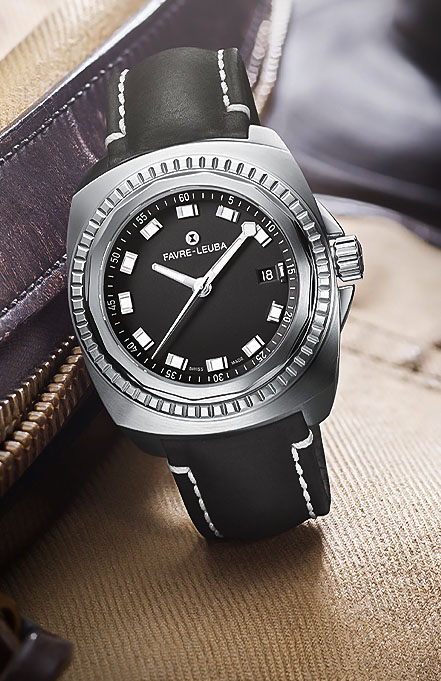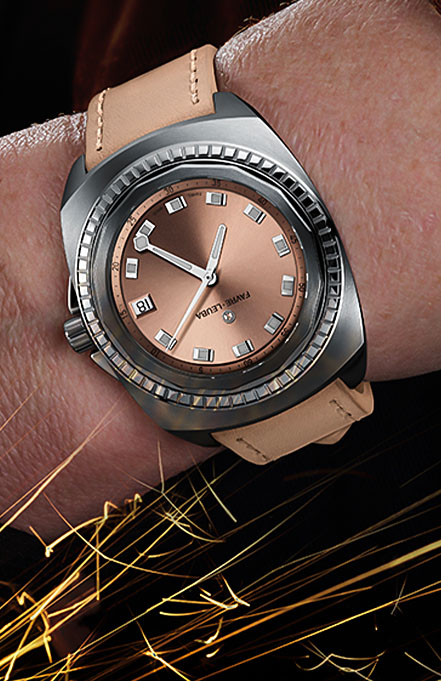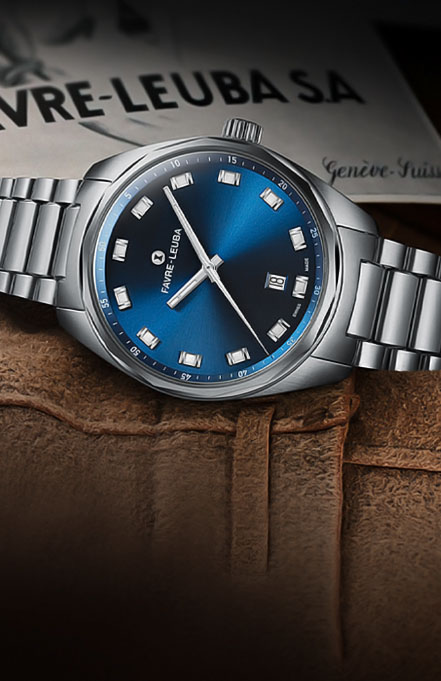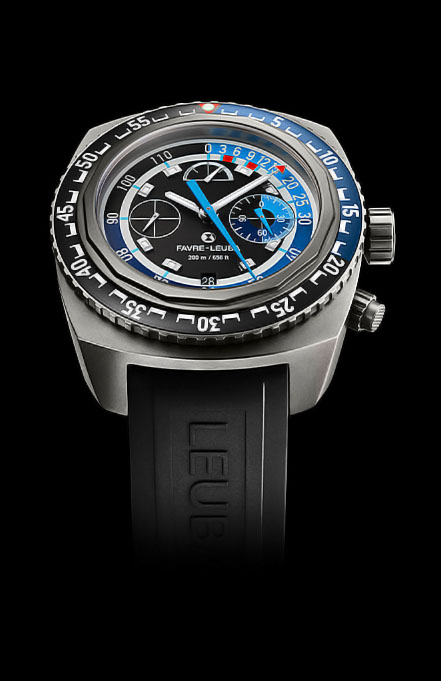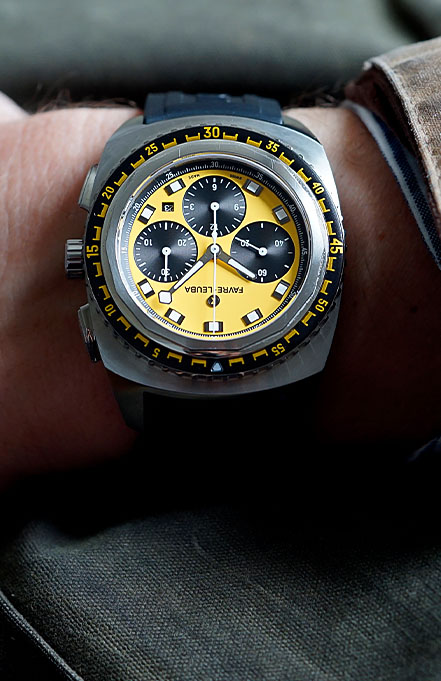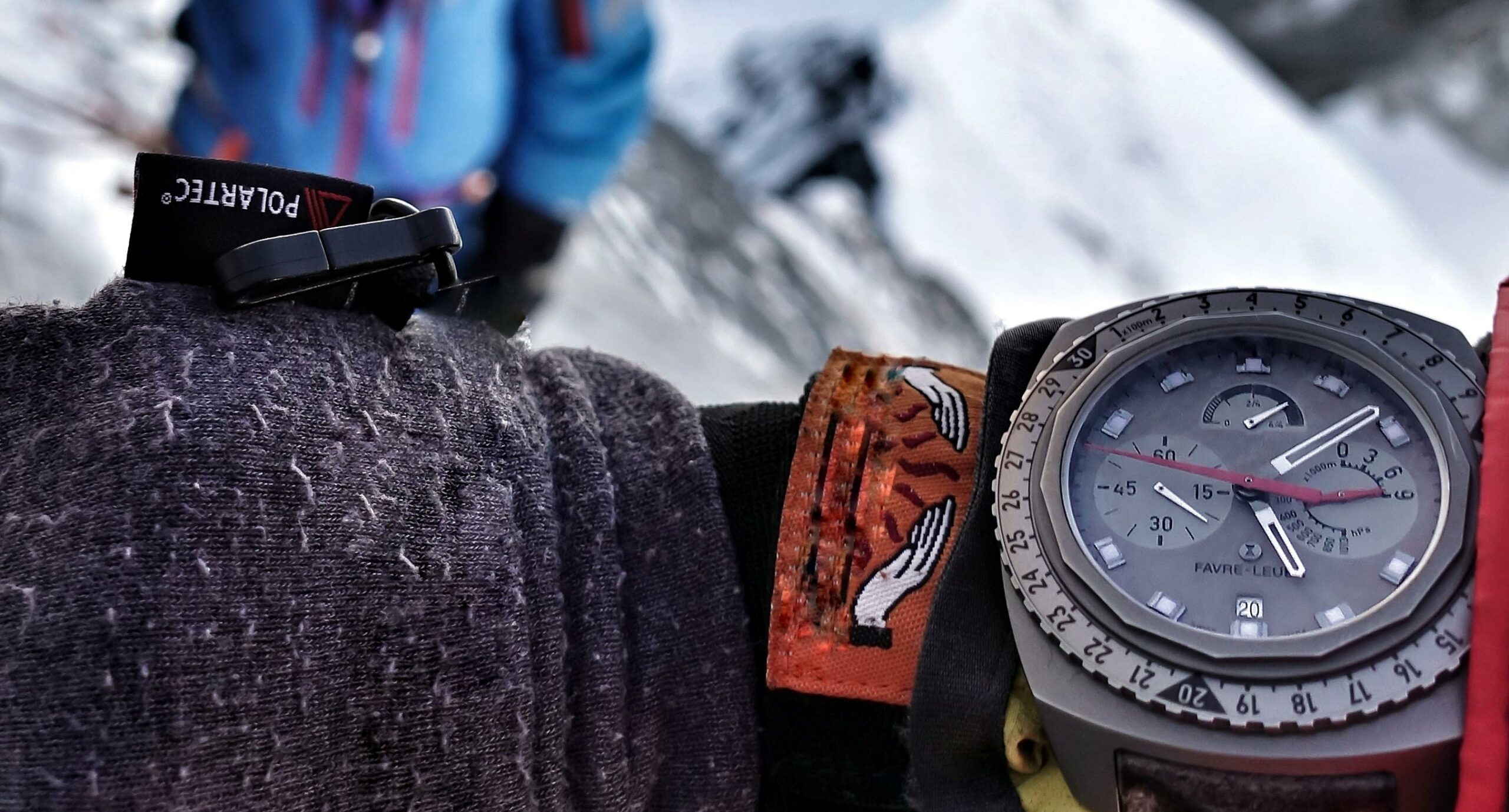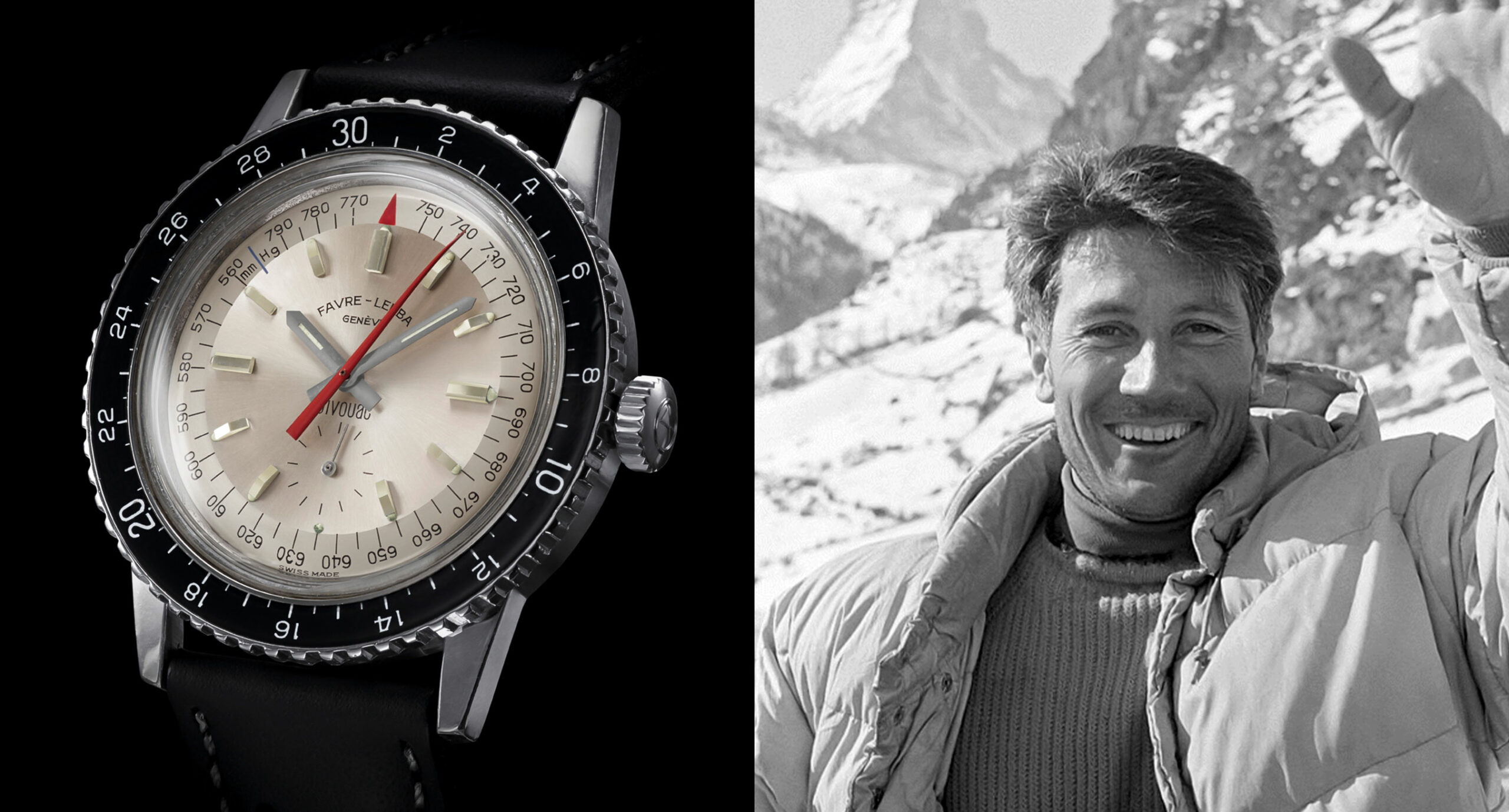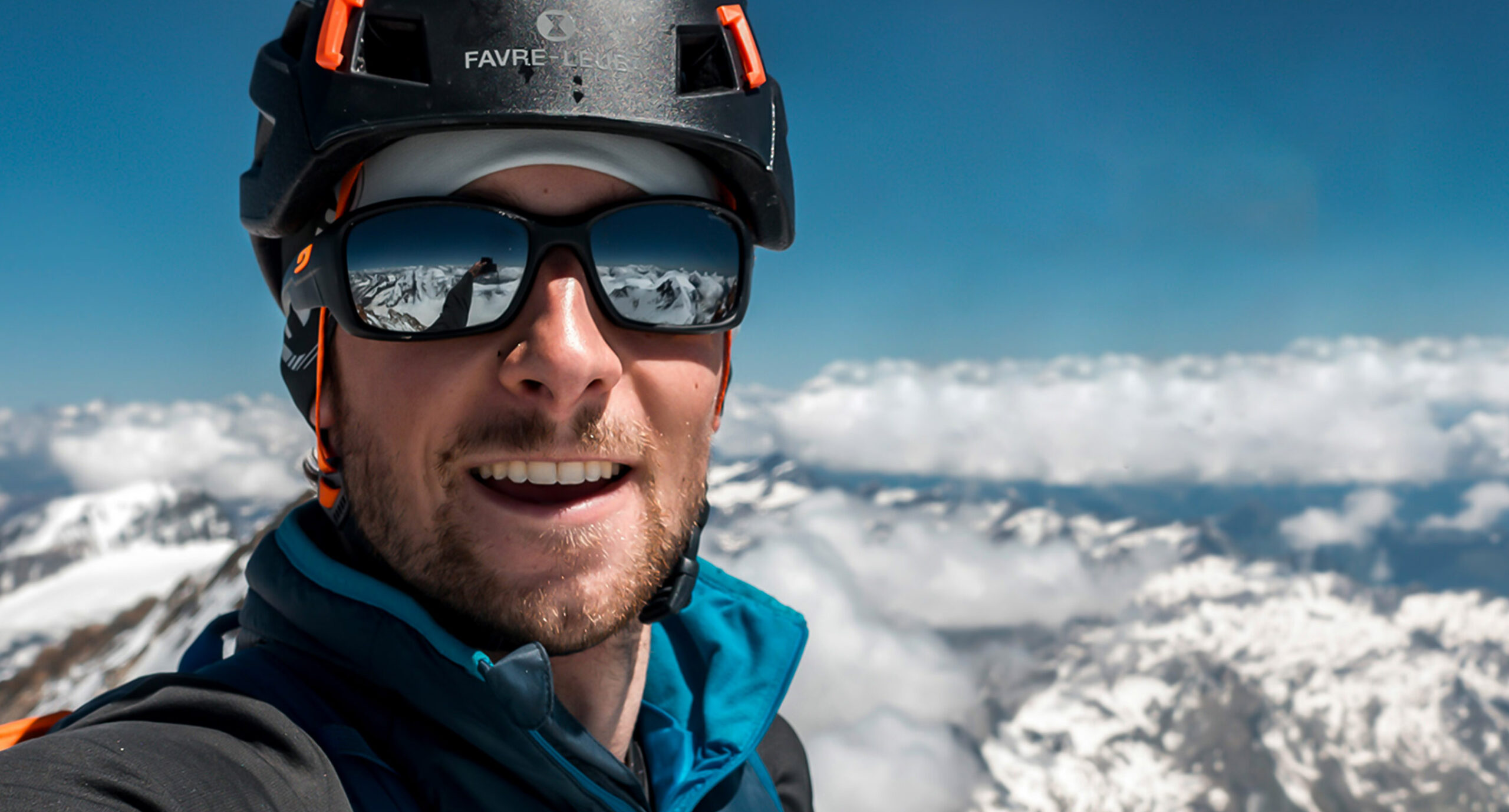You Can Plan for Everything…
…but Mt. Everest is still Mt. Everest. If there is one takeaway from my eleventh season on the tallest mountain in the world, that is it. A season that seemed to be going perfectly, where the weather, the team’s strength, and my company Alpenglow Expedition’s logistics, came together for a perfect, almost easy summit. That’s when the unexpected, really the impossible, actually happened, and everything was out the window except survival. But I’m getting ahead of myself.
My team’s goal this year was to climb two 8000-meter peaks in less than a month. We began on Cho Oyu, the world’s 6th tallest peak, 8188m/26,864ft. I’ve summited and skied Cho Oyu twice before, but this season felt different. There were only thirty-ish total climbers on the mountain this season, and when we arrived in Base Camp (already acclimatized thanks to our Rapid Ascent system) no one had done any climbing on the mountain yet. But we only had one week before we needed to move across to Everest, so we dove in.
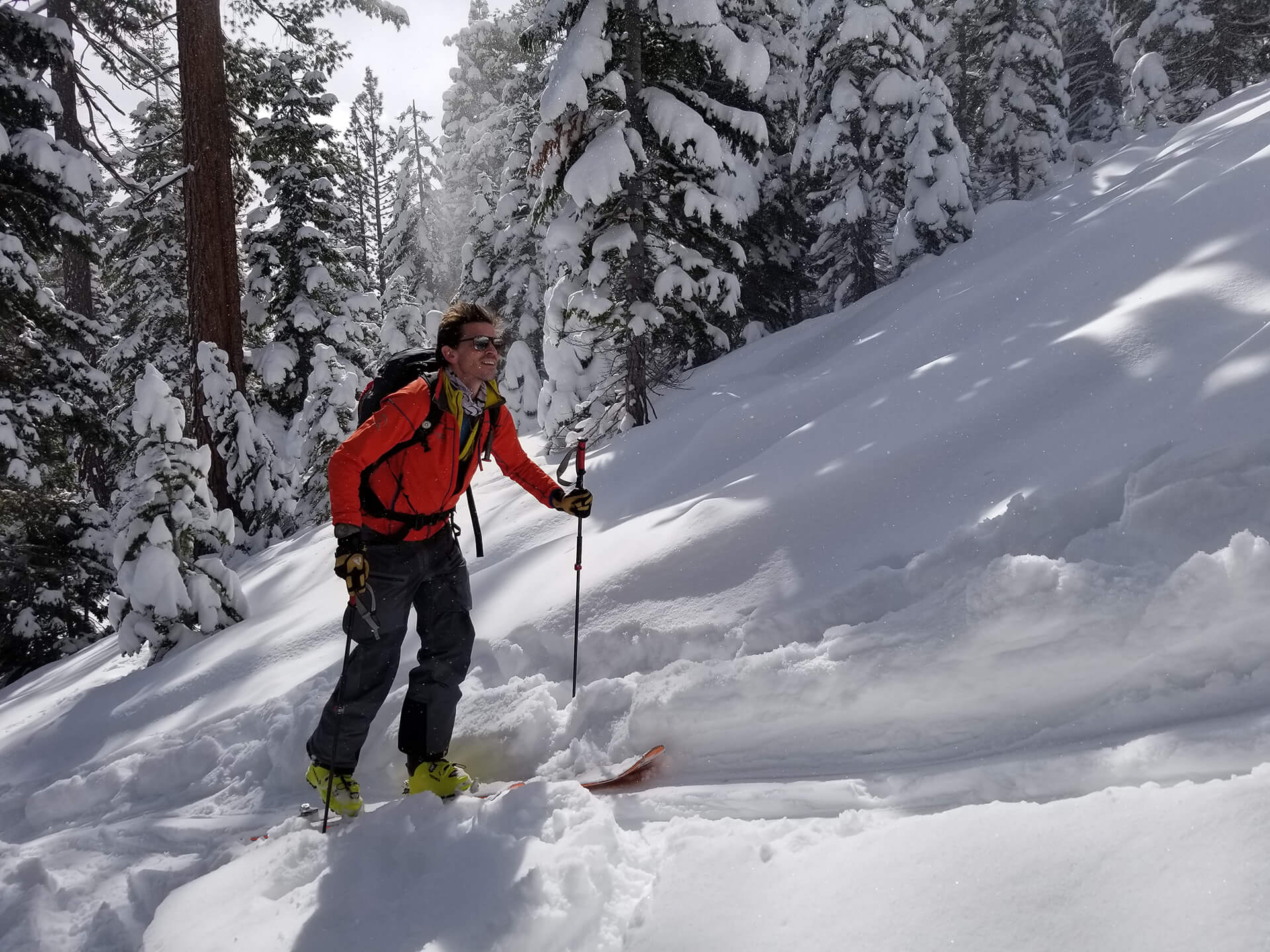
Over a period of just a few days, we established 2 camps on the mountain (at 6400m and 7200m) and began the big work of fixing ropes. With occasionally windy and stormy weather, it’s crucial to have the best altimeter watch on your wrist and my Bivouac 9000 was essential in knowing where to place camps on the big open slopes of Cho Oyu. Himalayan climbing is all about altitude. If you know the altitude, you know where you are and how far you’ve travelled. We almost never think in terms of distance…only altitude.
With camps in place and a stable barometer (again, easily tracked with my Favre Leuba – an essential tool for mountaineers), which indicates good weather, we wasted no time and made our summit attempt on May 6, incredibly early in the season for an 8000-meter peak. Our team of 3 members, 2 guides and 5 Sherpa left Camp 2 at 11:30 pm, fixing ropes (which all other climbers would later use for their summit pushes) as we ascended. It was a perfectly calm night except for what sounded like a freight train above us – jet stream winds pounded the upper altitudes. We knew the summit was going to be difficult but continued…waiting to see what awaited us.
Streaming Up The Summit
As it turned out, the climb was ideal, until the last 30 meters. Only the very summit of Cho Oyu reached the jet stream. We stopped below this final slope, summoned our energy, zipped up our down suits, and then raced for the top. We spent about 40 minutes in the wind, and even that was almost too much. On top, we had only seconds to snap 1 photo, check our Bivouac 9000 (probably the best altimeter watch on the market) which showed the correct summit altitude (it did) and then race down before frostbite or worse. It was an incredibly lucky, and incredibly special summit!
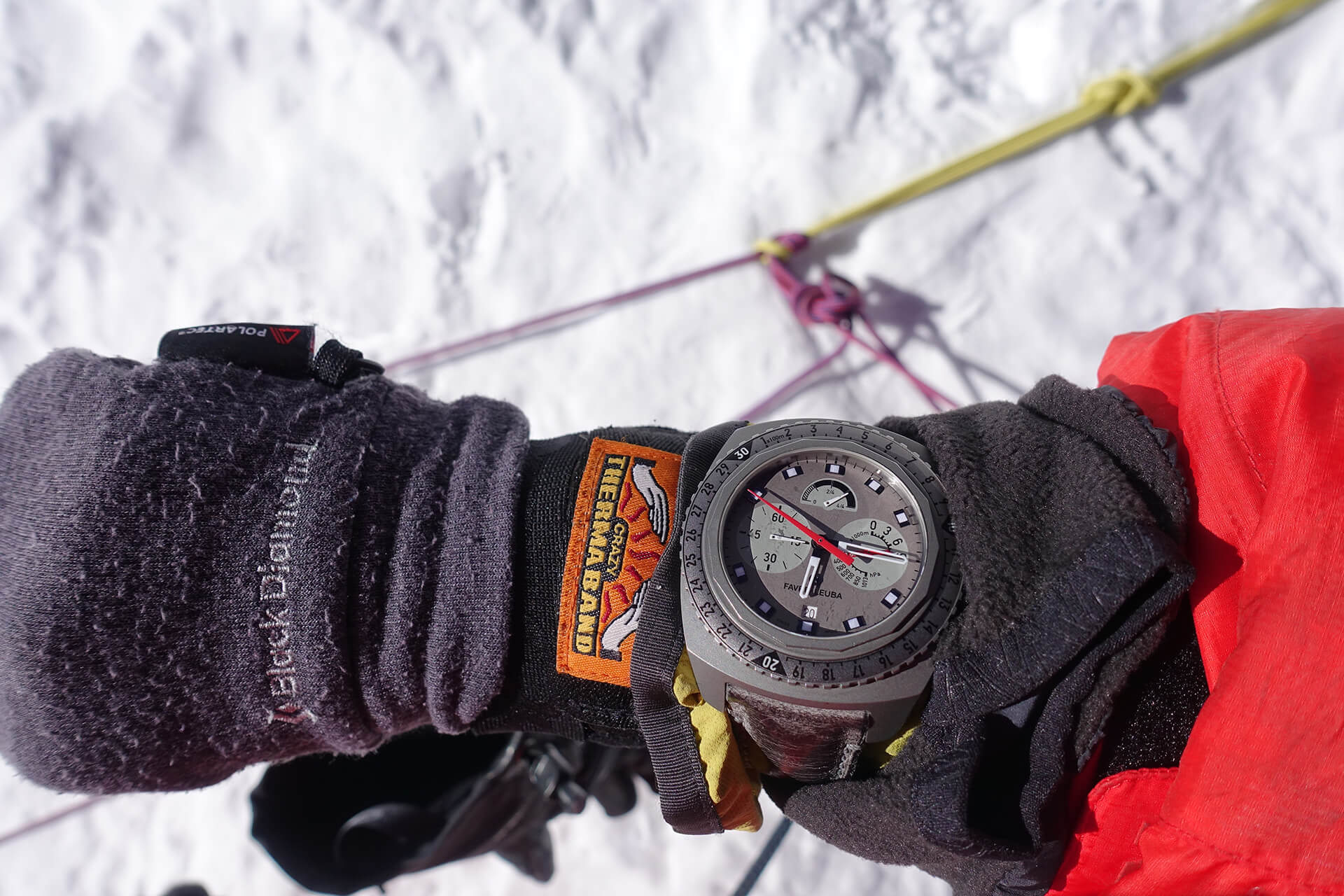
But that was only the beginning of our season. We spent 2 days cleaning the mountain (removing all trash, human waste, and equipment) and then shifted over to Everest, only a 5-hour drive away. The winds we experienced on Cho Oyu had been hammering the much higher (8848m) Everest, sending a plume of wind and cloud that stretched miles from the summit into the atmosphere. But luck was still with us. Our arrival at Base Camp coincided with the jet stream moving North, leaving Everest in an almost unprecedented high-pressure, low-wind period.
Again, we wasted no time. While Everest usually climbed in 65 days or more, we thought we could make a single push in just 6 or 7 days. We left Base Camp on May 10, planning on using 3 additional camps before pushing to the summit. Our entire team was still feeling strong, and Alpenglow Expeditions had already placed tents and oxygen on the mountain for us, allowing us to carry marginally lighter packs as we climbed. At 11 pm we left Camp 2 at 7700m, planning to skip Camp 3 and climb a full 1100 meters to the summit in a single push.
Everest: The Mountain With No Mercy
And we almost did. Until 8600 meters the night was perfect and we knew we would stand on top. And that’s when Everest reminded us that the impossible can happen. Above 8600 meters our oxygen systems began to catastrophically fail. The regulators that reduce the pressure between the bottle and the mask “exploded”, allowing oxygen that should last 4 hours per bottle to shoot out into the atmosphere (in geysers that went meters into the air and sounded like a jet engine), emptying a bottle in a minute or less. Only a few climbers (including me in 2017) have ever summited Everest without supplemental oxygen, and the effort requires an entirely different acclimatization schedule. For our team, losing oxygen is immediately a grave situation, with climbers only having minutes without oxygen before they begin to lose strength and cognitive ability.

Over a period of 45 minutes, our team lost 13 oxygen systems, leaving us desperate to get below 8000 meters, out of the “death zone”. My teammates performed flawlessly, each using their skills and strength to do what they could to get themselves and each other down.
But back at Advanced Base Camp (ABC), we just didn’t feel done. We felt fortunate to escape without injury, and we were mentally and physically exhausted. But we also knew an equipment failure had prevented us from reaching our peak. We decided, along with our Sherpa teammates, that if the weather held as it was predicted to, and if we could somehow make a summit push without utilizing all the camps along the route (there wasn’t time to restock camps with fuel, food and oxygen), then a second summit bid might be possible.
We collected new oxygen and replacement oxygen systems, and after only 36 hours of rest, we went for it! We climbed directly from ABC to Camp 2, spent 6 hours hydrating and eating, and then pushed direct for the summit. Once again the weather was perfect, and this time there was no one else on the route. We were alone trying to reach the summit of the world!
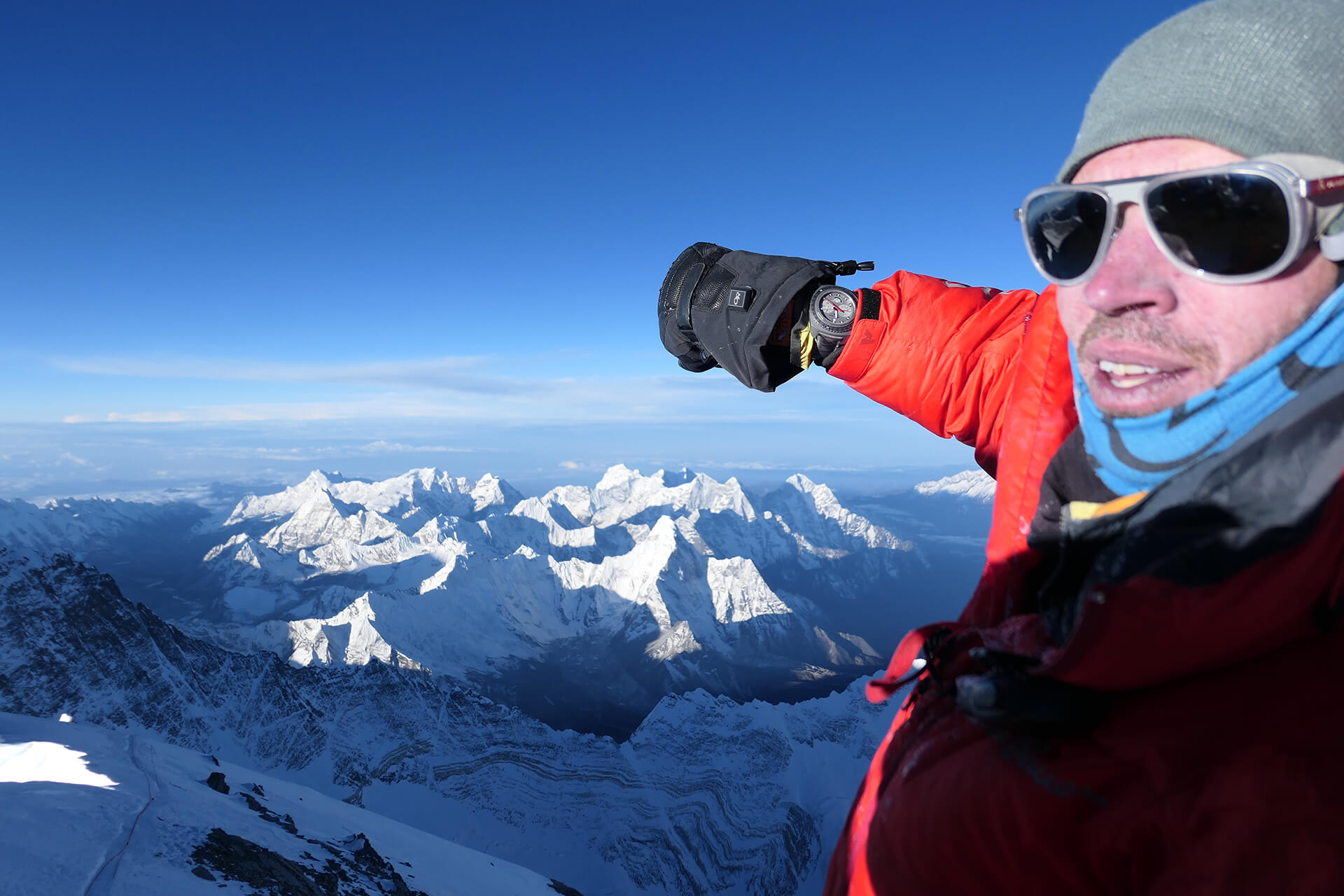
It couldn’t have been more perfect. As the big red hand on my innovative watch – the ultra-reliable Bivouac 9000 passed 8800 meters the sun rose and began warming our cold tired bodies. The final ridge was almost windless, and my wonder at this place, at having the opportunity to stand on top of the world an 8th time, overwhelmed me. I drank in every moment with my teammates, even as I remembered how far away from safety we truly are when on top of the world. Mt. Everest, on my eleventh season there, taught me that no matter how carefully we prepare, no matter how much expertise we have, and no matter how technologically advanced our tools may be, it is still a place we can only visit briefly, and only with luck in addition to all our skill. The celebration truly never begins until every one of us is down in Base Camp and every piece of equipment and waste has been removed. And that is what it is time for now…a little celebration.
-Adrian Ballinger, 3/31/2018
